
What’s the secret behind Dublin’s storytelling magic?
As Ireland’s capital re-opens this week, the city pays tribute to its literary heroes.
Dublin is a place where everyone is said to have a novel in them, if only they’d go home and write it.
Cleaved in two by the River Liffey (and with a juicy northside–southside rivalry), Ireland’s capital is stuffed with stories and rich with literary history. As early as 800 A.D., monks would transcribe the Bible into manuscripts—one of the most famous, the Book of Kells, is located at the Old Library at Trinity College. Centuries later, James Joyce would pen the novel Ulysses, which follows protagonist Leopold Bloom, an everyman whose everyday wanderings around Dublin echo Homer’s Odyssey.
While it was decades before Ulysses and Joyce were accepted in conservative, 20th century Ireland, today, Dubliners and literature savants around the world gather on June 16—the same day the novel takes place—for Bloomsday. Inaugurated in 1954, the festival commemorates Joyce and his novel with storytelling, Victorian-era costumes, and other spectacles.
Because of the pandemic, this year’s festival will be different and experienced mainly online. But the story continues. “We will be like Molly and ‘stay-at-home,’ but we can also be like Leopold Bloom and create a unique Bloomsday odyssey,” writes James Joyce Cultural Centre’s Darina Gallagher on the festival’s website.
Ireland has been on strict lockdown due to COVID-19, but signs of normalcy are returning. Dublin’s shops and businesses began to reopen with social distancing measures in place this week, and hotels and restaurants will follow starting June 29. On July 20, pub life will return.
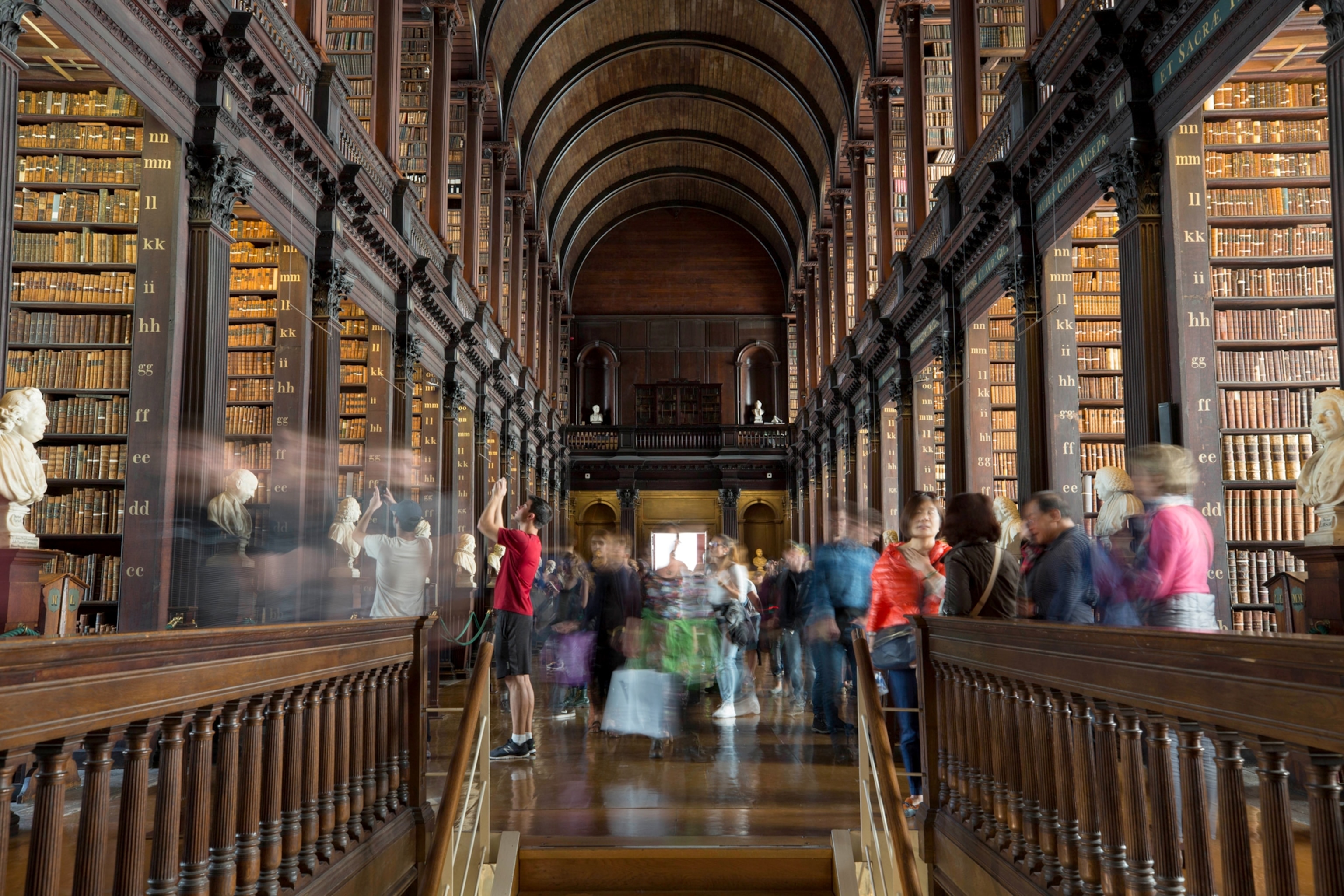
I was born in Dublin. I work here. I’ve lived here. I curse its winter grayness and lopsided development, its choking traffic and soaring rents. But I love it, and I can’t wait to get back.
(Related: Here’s where to find nine other literary cities.)
Conversations write themselves
Storytelling is in Dublin’s DNA. The world knows all about celebrated Dubliners—George Bernard Shaw, William Butler Yeats, and Samuel Beckett—who were honored with the Nobel Prize for Literature. But the city’s storytelling magic lies in its spaces as well as its faces. Joe Landy will tell you that.
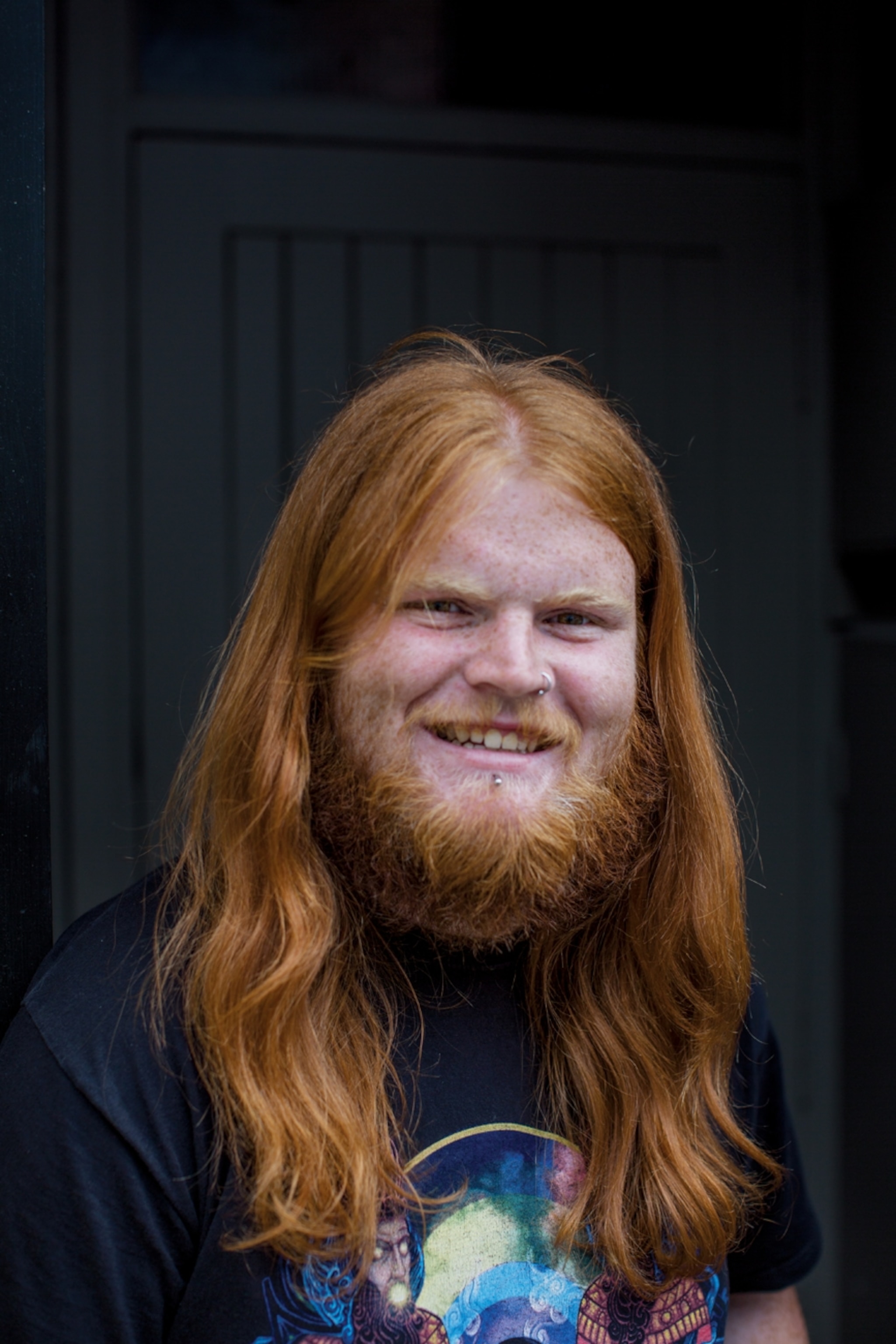
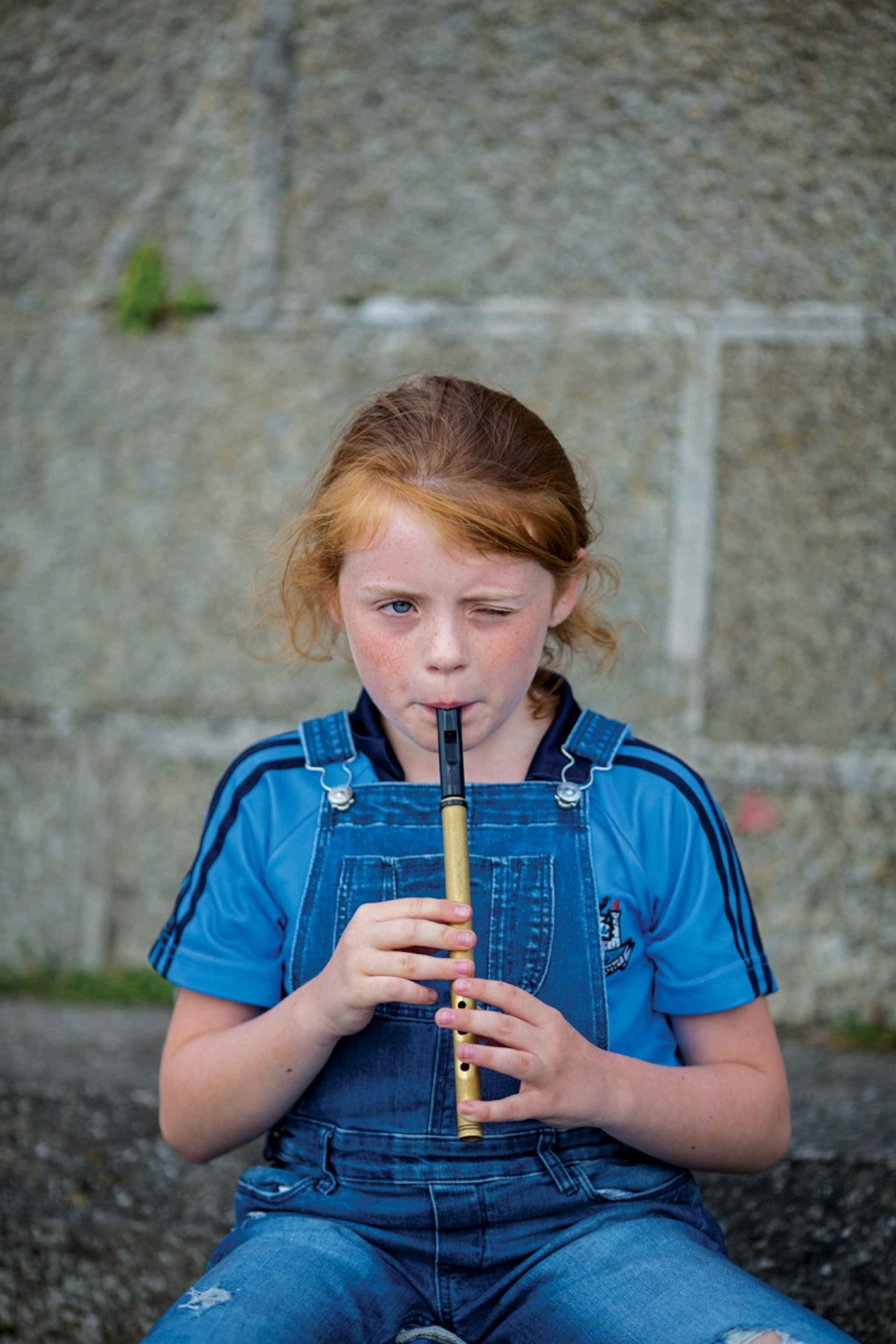
On a visit not too long ago, I arranged to meet the retired farmer, who volunteers with the Little Museum of Dublin’s “City of a Thousand Welcomes” initiative, in the Porterhouse bar. Although their work is on pause for now, ambassadors like Landy take tourists for a pint or a cuppa to answer questions (“What exactly happened in 1916?”) and chat.
“I was with one couple and the guy told me: ‘I want to retire to this country’,” Landy told me. “I said: ‘Have you ever spent a winter here?’ The guy said he had, but that it has nothing to do with the weather. I said: ‘Well, what is it then?’”

“He said: ‘The people.’”
My encounter with Landy reminded me of a slogan on one of the museum’s T-shirts—“Dublin: Europe’s largest village.” It’s true. My walks have taken me from Georgian squares to the European headquarters of Facebook and Google, but streets always feel as familiar and overlapping as the lines on my hand. Some 1.3 million people live in this city, yet I always meet someone I know.
Before meeting Landy, that’s exactly what had happened. Walking from the train station toward town, a route I’ve taken a thousand times, I bumped into a colleague. He was in a chipper mood, breezing by with leather satchel slung over a pink T-shirt, orange sneakers, and khaki shorts.
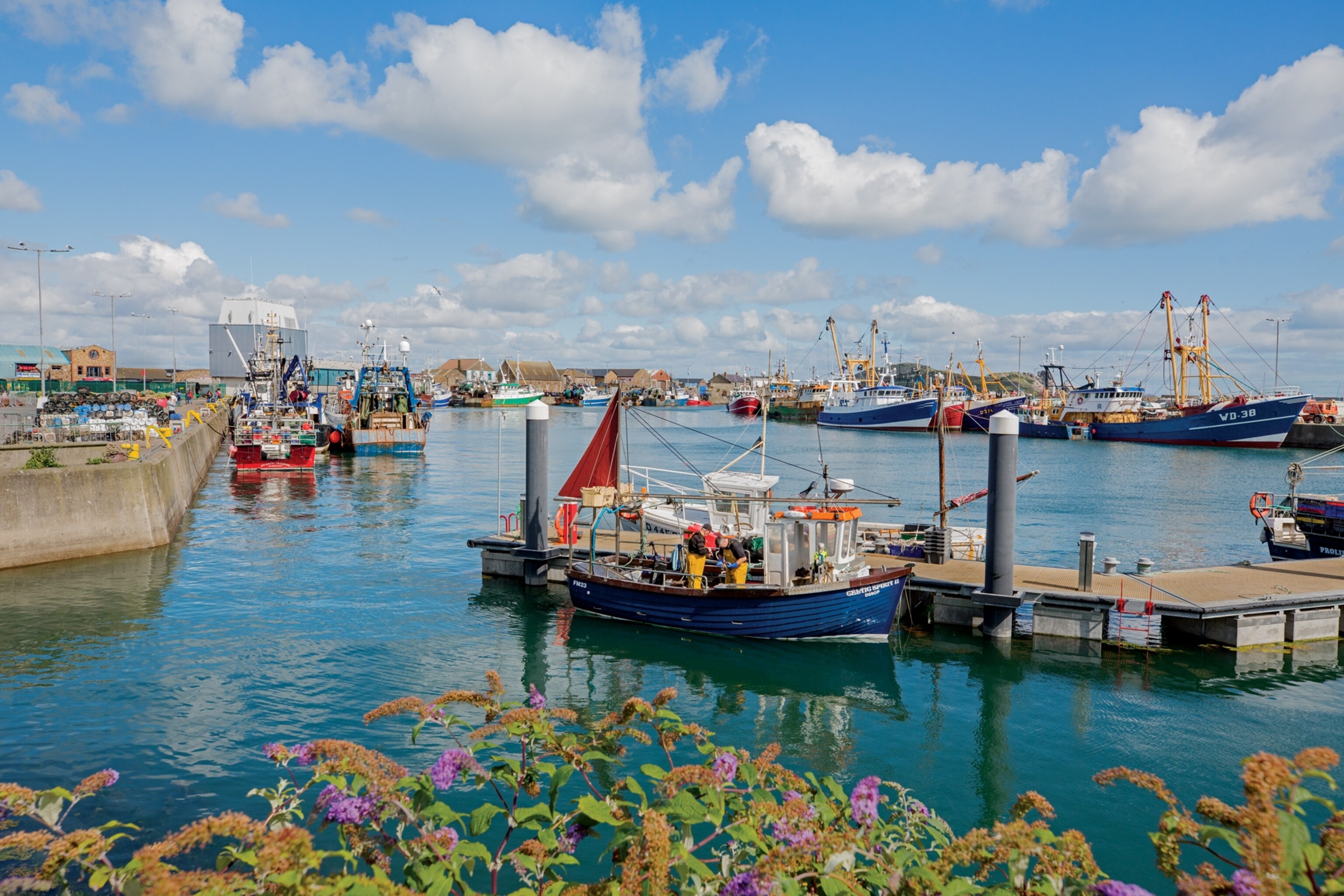
“The rest of them are there outside Kehoes if you want to pop over for a pint,” he said.
It was 4:30 p.m. on a Wednesday. I was sorely tempted. Back in the day, I wouldn’t have thought twice. Kehoes, a warren of snugs, bars, and living rooms crammed into a Victorian house, is a rabbit hole. Go down there, and you never know when you’ll come out. But I had work to do.
“Sorry,” I said, taking a rain check.
“You’re grand.”
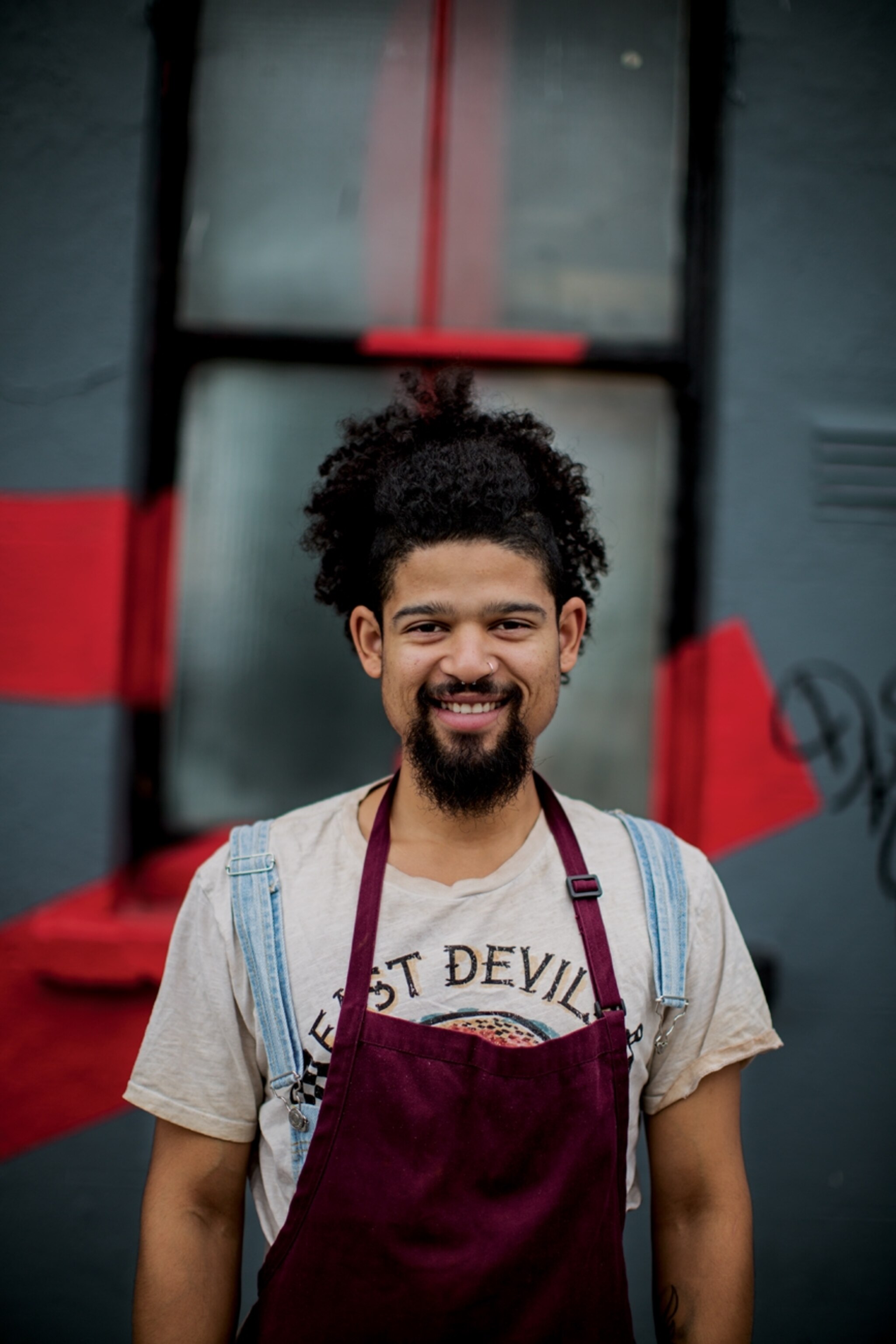

Grand. The salt and pepper of our sentences. I pushed on, musing on the malleability of Hiberno-English. In Ireland, sorry can mean “Excuse me,” “May I have your attention,” or occasionally, “Sorry.” Grand means “OK,” “Not bad,” or “That’s fine” (it does not mean “great” or “magnificent”).
We don’t do direct here. Or literal. We talk around topics, not through them. We’re embarrassed by compliments. We love casually devastating takedowns (“she’s big-boned”). We drive English like we stole it.
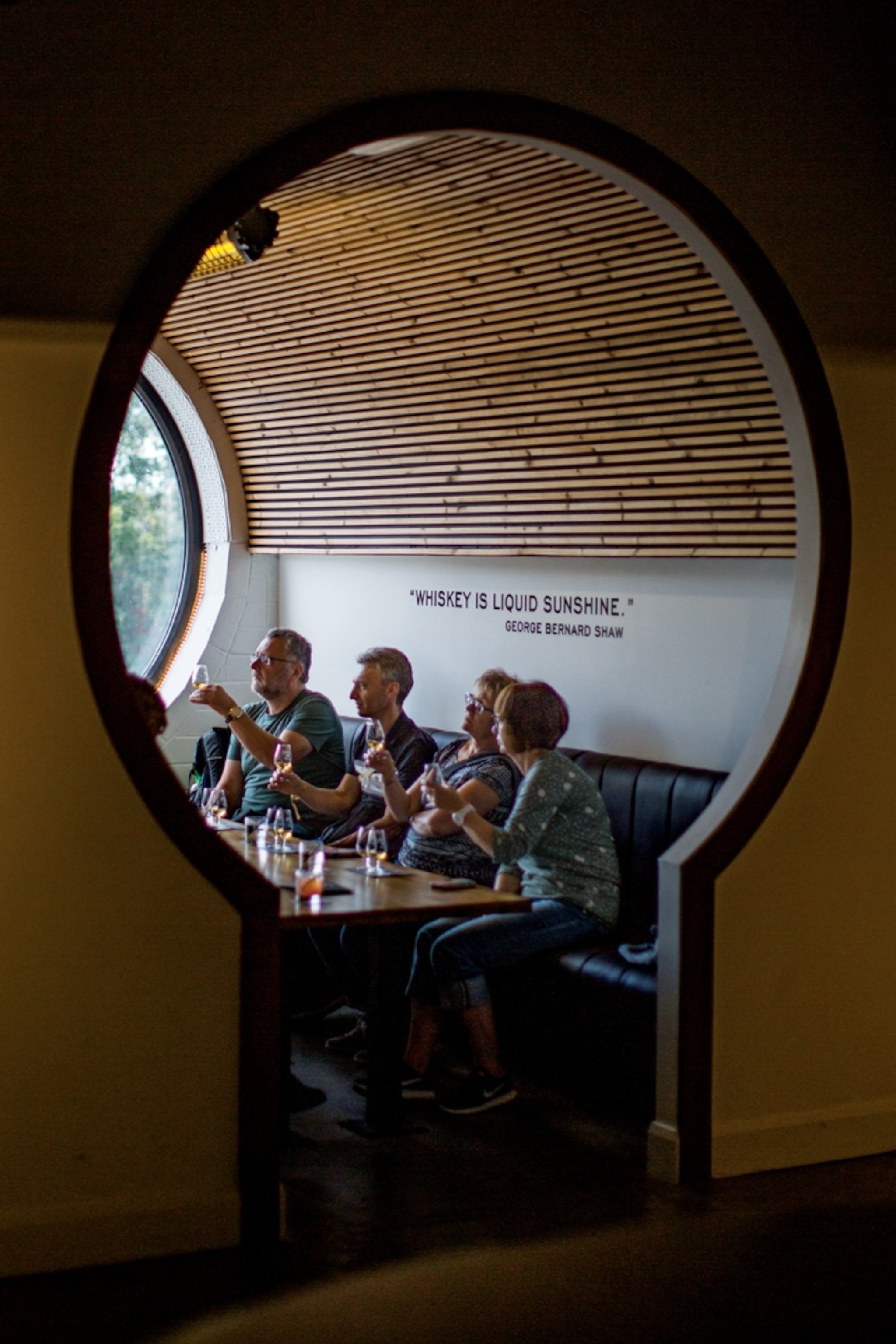
There’s a standard Dublin greeting, “What’s the story?” You don’t have to answer. You can toss it back (“Not much. Story with you?”). Or you can get dishing (“Wait till I tell ya…”). Often shortened to a single word (“Story?”), it evokes the city’s literary chops, but also the casual, off-the-cuff creativity that lifts a good conversation.
There’s also an Irish word, seoraí, which describes “the flourishes and stylish additional details in storytelling,” as translated by Darach Ó Séaghdha, author of Motherfoclóir: Dispatches From a Not So Dead Language. Those details are the reason that “two people tell a story, but one tells it better.”
Be it me, or Leopold Bloom, I love that sense of ordinary folk wandering around this city, that slippery language, those minute pauses, that sense that every encounter could start a short story. During the lockdown, I’ve missed it.
The story goes on
On a previous stroll, I explored the historic working-class neighborhood The Liberties. I passed pubs and Catholic churches and street vendors selling from prams. The smell of coffee seeped from a hipster café. At the rebooted Teeling Whiskey Distillery, hashtags were stamped on barrels, copper vats shining like exotic fruit. In its café, a construction worker sat next to me with white headphones on and a paperback on his lap. A cushion between us was embellished with a paraphrase of Joyce: “The light music of whiskey falling into a glass—an agreeable interlude.”
I’ve taken to wandering virtually, for now. But when I get back, I know where I’ll go.
(Related: Discover 25 books that inspire wanderlust.)
A few weeks after that chance encounter on South Anne Street, I squeezed into Kehoes through a side door. A singsong was under way in the upstairs lounge; the woods were worn, the wallpaper waxy, and sash windows let cool air in from the street. My friends had already arrived and were cradling glasses.
“How’ya, ya bollix!” one said.
I smiled, feeling a little yip of endorphins.
Nobody was sorry, everything was grand, the ribbing had started, and we were rolling back the years. I thought that, yes, in moments like these, Dublin might just be the epic city Joyce set it out to be.
In the future, I’ll be cynical. We all will. But in that moment, and in the moments of freedom that are coming, Dublin and its stories feel like more than a place. They’re a state of mind.






